Retaining Iran’s economic resilience under pressures
The future of the economy is on the minds of many Iranians, with heightened tensions in the region in the wake of renewed Israeli aggression and the innuendos of US President Donald Trump weighing heavily on the market.
As Iranians rang in the new Persian year of 1404, the national currency hit a record low of 1,040,000 rials to the US dollar.
Trump's return to the White House and his pledge to drive Iran's oil exports to near-zero like during his first term poses a significant hurdle, but economists expect limited results, unless he chooses to work with China to put pressure on independent refiners that are the key customers of the Iranian oil.
They expect significant pushback from Chinese officials - especially now when refining margins are weak - against taking out one of the vital feedstocks. They see no real impact at least in the short term, given the vast network of traders and entities that Iran has built in recent years to facilitate its oil sales.
Since the Islamic Revolution in 1979, Iran has been the target of multilateral and unilateral sanctions covering various sectors, entities and individuals that have had deleterious impacts on the country’s economic performance.
Economic sanctions are a malicious policy tool that blurs the lines between statecraft and warfare, but the end result is the disempowerment of ordinary citizens.
In the case of Iran, while these coercive measures have caused significant macroeconomic damage including rapid currency devaluation, trade and fiscal deficits, elevated inflation, and rising poverty rates, they have failed to force the country to submit to Western whims.
Iran’s adaptation to sanctions has also evolved significantly, where with pragmatic economic reforms, multilateral alignments and regional partnerships, the country has not only bolstered its regional influence but also brought global powers like Russia and China into the line of countering Western pressure.
The “resistance economy”, a vision articulated by Leader of the Islamic Revolution Ayatollah Seyyed Ali Khamenei which emphasizes grassroots participation as akin to a societal jihad, is a cornerstone of Iran’s response to sanctions.
It sharply contrasts with Western economic paradigms for development, prioritizing individual well-being and social engagement over macroeconomic indicators.
Nevertheless, the role of diplomacy is significant for Iran in order to circumvent Western restrictions through a multilateral approach. Iran’s diplomatic framework can be summed up in five pivotal axes of the Look East, neighborhood, nuclear, resistance and triangle policies.
Under the Look East policy, Tehran seeks to build alliances with non-Western powers, while it is using nuclear program to establish itself as a global power able to influence international policies and strengthening ties with regional partners through good neighborhood.
The other policies are promoting resilience and autonomy in the face of sanctions and leveraging triangular diplomacy involving Iran, regional actors, and global powers.
The results of these strategies have become increasingly apparent in recent years, marked by the Islamic Republic’s active participation and collaboration with multilateral platforms such as the Shanghai Cooperation Organization (SCO) and the BRICS group of emerging economies.
Iran's emphasis on the Shanghai Hub and its full membership in BRICS, a legacy of the Raeisi administration, has catapulted it to a position of active participation in shaping a new world order and enhancing collaboration on a global scale.
Late president Ebrahim Raeisi’s successor, Masoud Pezeshkian, has also shown a commitment to continuing neighborhood and Look East diplomacy, while he has introduced a “national unity approach” with the aim of mobilizing all political factions to collectively address outside pressures.
This strategy seeks to strengthen internal cohesion, providing Iran with a more robust foundation to capitalize on regional and global opportunities to maintain and boost the country’s self-reliance, independence, and national sovereignty.
While the structural challenges of the Iranian economy and sanctions are significant, Iran’s spare capacity, young, educated population, and geoeconomic position provide the potential for growth.
By reforming the subsidy system, targeting liquidity flows through directing credit toward production, and attracting foreign investment, growth is achievable despite the naysayers who project a dim outlook.
There are also significant necessary measures that have not yet been taken, and paying attention to them can lead to high economic growth. Some of these policy requirements include improving the business environment, giving space to the private sector, and utilizing economic diplomacy.
Agriculture is one of the important parts of Iran’s economy but it is underdeveloped. Agricultural productivity in Iran is about one-tenth that of advanced countries. Therefore, improving agricultural productivity can facilitate economic growth in this sector.
Also, trade agreements with Eurasia and the Shanghai Cooperation Organization provide access to a market of 3 billion people. By utilizing the capacity of the Eurasian Economic Union, the Shanghai Cooperation Organization, and the BRICS, conditions should be created for achieving high economic growth.
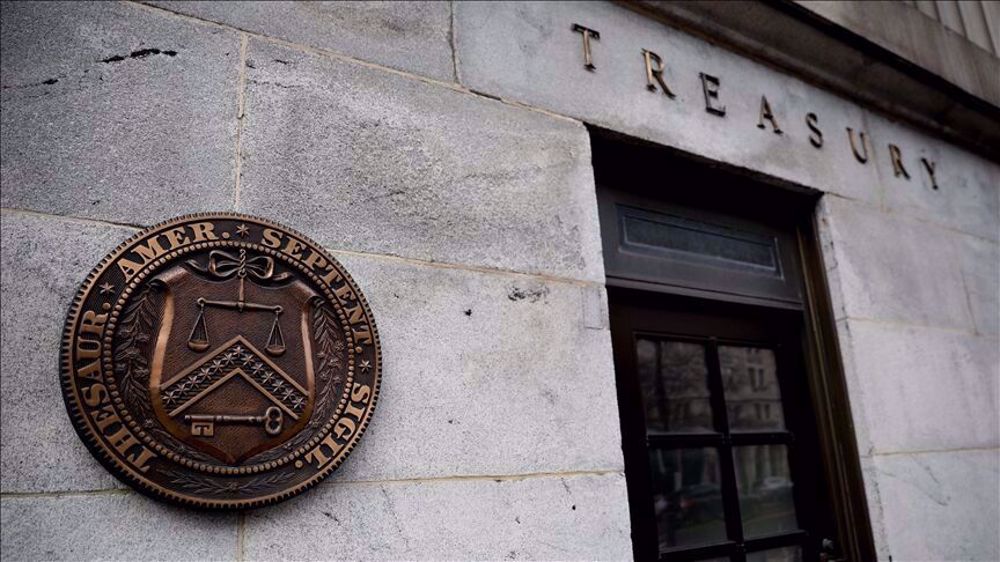
US announces new sanctions targeting Iran’s drone program
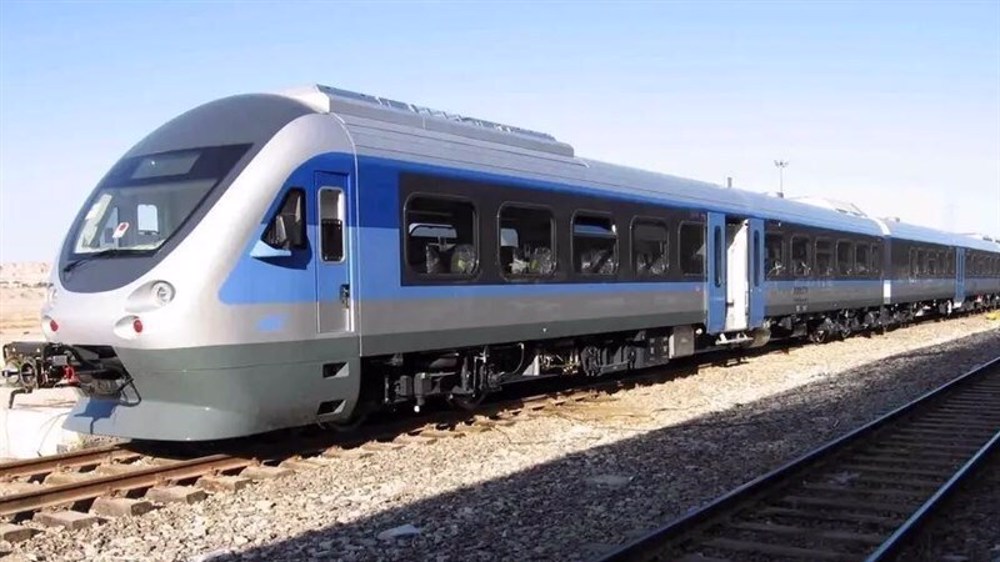
Iran, Turkmenistan agree to launch passenger train services
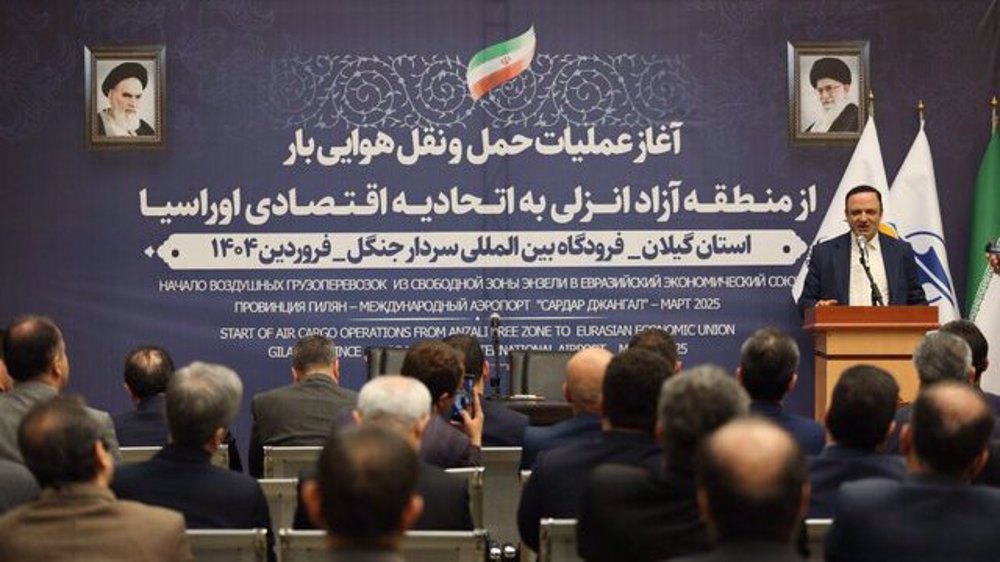
Cargo flight route launched from Iran’s Rasht to Moscow
Iran VP opens privately-owned $150 mln hotel in north Iran
Iran urges IAEA to take a clear stance against threats to its nuclear facilities
Palestinian teenager dies in Israel's jail after being held 6 months without charge
Pro-Palestinian student leaves US amid deportation threats
US announces new sanctions targeting Iran’s drone program
Israel has killed over 300 children since it broke Gaza ceasefire: UNICEF
Iran determined to implement all its agreements with Iraq: President Pezeshkian
VIDEO | Leader meets with ambassadors, officials on Eid al-Fitr


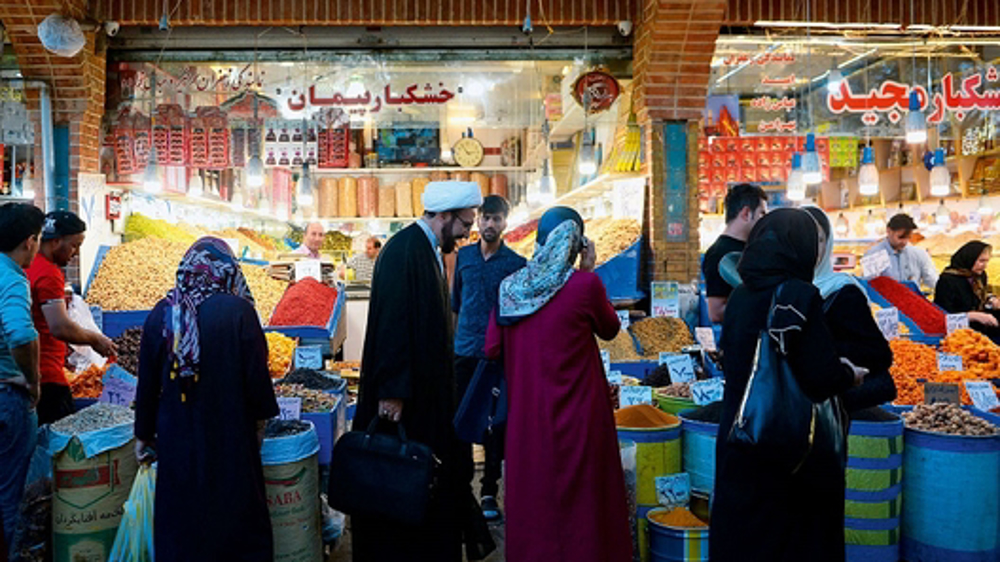
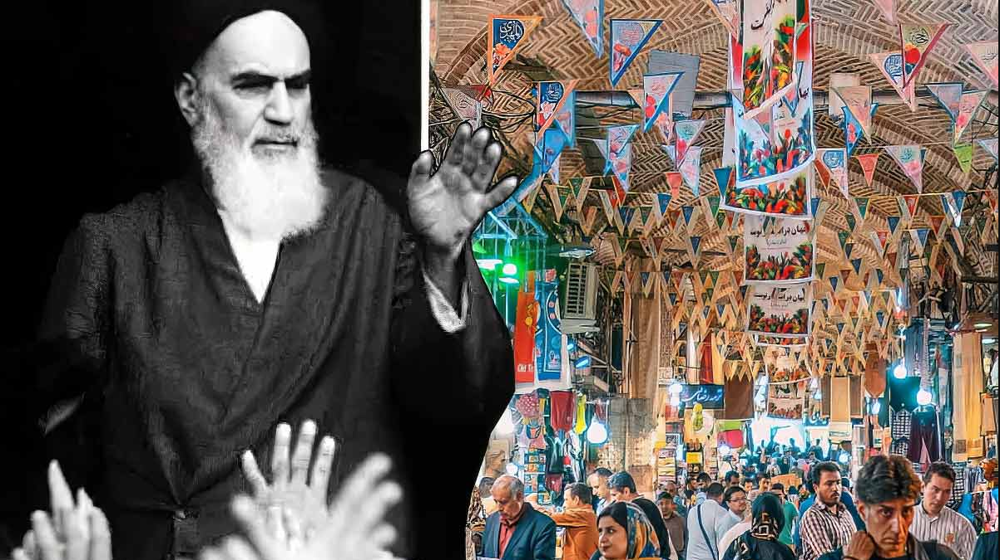

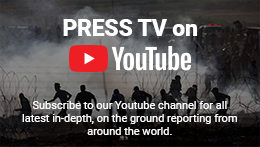
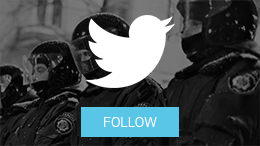

 This makes it easy to access the Press TV website
This makes it easy to access the Press TV website